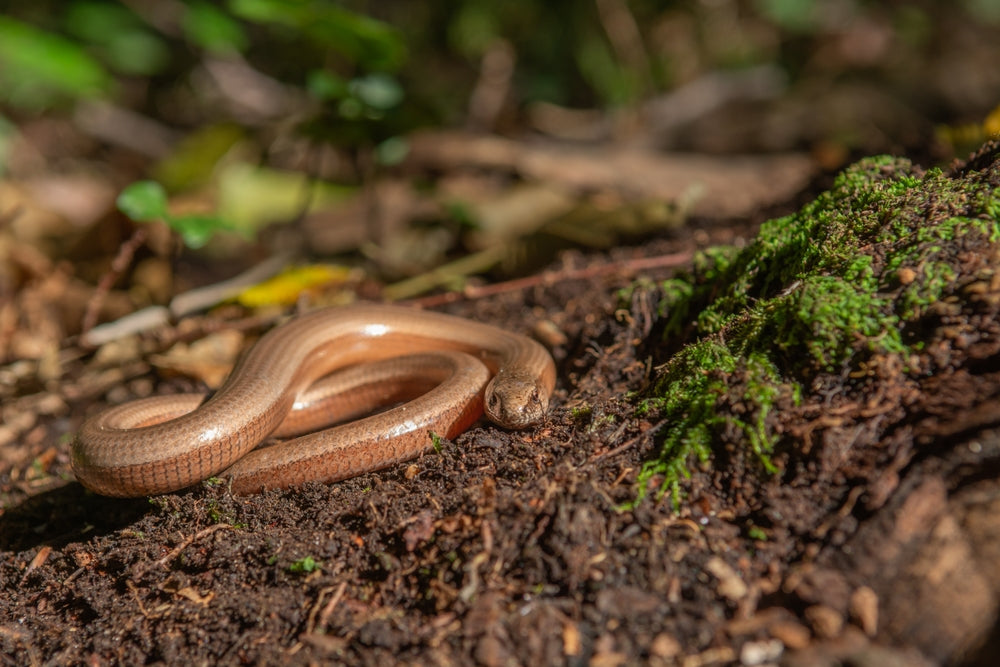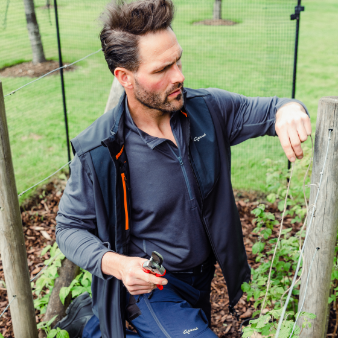Wildlife in the garden - slow worms

It’s always a joy to discover slow worms (Anguis fragilis) in the garden. These cold-blooded and legless lizards, distinct from snakes due to their notched tongue, and blinking eyes (snakes have neither), are often seen in compost heaps where the warmth keeps them active. Unlike many reptiles which lay eggs, slow worms are viviparous, giving birth to about a dozen live young. They eat slugs, earthworms and small invertebrates and reach a size of approximately 50cm.
Thought to be one of the longest living reptiles with individuals recorded at over 50 years old, predation is the major cause of premature death, something remarkably avoided by the ability of slow worms to voluntarily shed a portion of their tail - something known as autotomy. If pursued by a predator they can drop the last inch or so of their tail which remains wriggling on the floor distracting the attacker.
Though not as widespread as the common lizard they are more likely to be spotted due to their fondness for gardens as suitable habitats. They can be found throughout Britain but are absent from Ireland except for a colony in County Clare where an introduction was made in the 1970s.
Slow worms can be encouraged to colonise your garden by providing them with suitable habitat.
-
Create a log, rock, or brash pile where they can find shelter and regulate their body temperature.
-
Build a compost heap - the heat produced is loved by slow worms.
-
Leave areas of long grass that the slow worm can use for shelter and hunting.
-
Provide shelters using materials like corrugated iron, roofing felt, or old carpet tiles. Place these in sunny spots.
-
Don’t use pesticides. Slow worms are sensitive to pesticides and chemical fertilisers.







